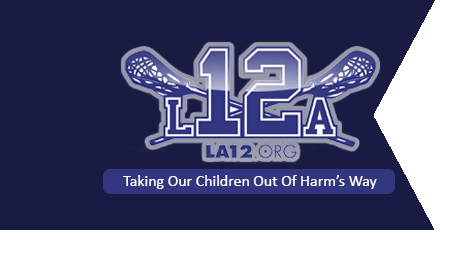FDA Gives The OK For Home Defibrillators
‘They brought me back from the dead!’ Defibrillator law makes a difference
June 17, 2004FDA OKs Defibrillator Without Prescription
September 18, 2004BY DELTHIA RICKS
STAFF WRITER
September 17, 2004
FDA tosses out prescription requirement for consumer purchase of the portable machines used in shocking a heart stricken by arrest
Consumers can now buy without prescription a portable device that is capable of shocking a failing heart into a life-sustaining lub-dub, the Food and Drug Administration announced yesterday.
About 80 percent of cardiac arrests occur at home and the FDA’s decision largely was in response to consumers who wanted over-the-counter equipment to use in the critical moments before assistance arrives. Before yesterday’s decision, anyone who wanted an in-home automatic external defibrillator — an AED — required a doctor’s prescription.
FDA officials approved the device for use on adults and on children who are at least 8 years old and weigh 55 pounds or more. The device, which costs $1,995, is similar to the AEDs increasingly seen in airports, sports arenas, malls and other sites. Medicare will reimburse the cost for people with heart disease, according to the device manufacturer.
About the size of a hefty dictionary, the defibrillator is used when a patient is in fibrillation — cardiac arrest. Cardiac arrest is not a heart attack, but an electrical malfunction of the heart. Patients in arrest for 10 minutes have only a 1 percent chance of survival. An estimated 340,000 people in the United States die annually of cardiac fibrillation.
The machine can distinguish between a heart attack and cardiac arrest. With a heart attack, caused by blocked arteries, the heart is not in electrical chaos. It is the electrical dysfunction that queues the machine to correct the fibrillation.
A computerized voice in the machine “talks” laypeople through the procedure. When the device’s soft pads are placed on the chest it can instantly tell whether a patient is in fibrillation. The machine sends a reviving electrical jolt through the heart. The Louis Acompora Foundation in Northport, established after the cardiac arrest death in 2000 of the 14-year-old lacrosse player, was behind an earlier push in New York to get AEDs installed in public places.
Dr. Graham Nichol, chairman of the American Heart Association’s AED task force, examined reams of medical studies and found no indications non-prescription use would be unsafe. A device called HeartStart currently is the only AED made for home use.
“We believe they are safe, which is the primary question the FDA was asked … ,” Nichol said. “There’s no evidence the prescription requirement increased safety or the ability to use the device, so we supported removing the prescription requirement.”
In November, California resident Jim Baum, 65, went into cardiac arrest shortly after purchasing defibrillators for each of his three homes. A friend used one of the devices to revive Baum, he said. “Without that defibrillator, I would not be here,” he said.
HeartStart is manufactured by Philips Medical Systems, in Andover Mass.
Deborah DiSanzo, a vice president, said the device must be purchased directly from the company. “You can buy them directly from us at heartstarthome.com, and we’re driving to have them on retail store shelves by Christmas,” DiSanzo said.
She said the device comes with a training video and information about more comprehensive training with the American Red Cross, the American Heart Association or Medic First Aid Group International.
This story was supplemented with a wire service report.
Copyright © 2004, Newsday, Inc.

